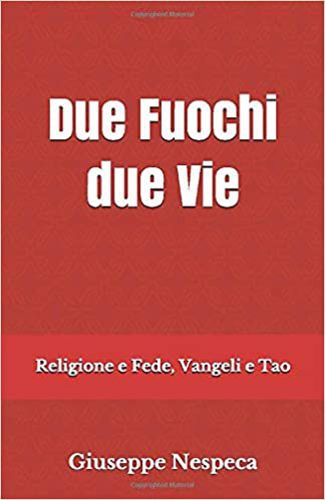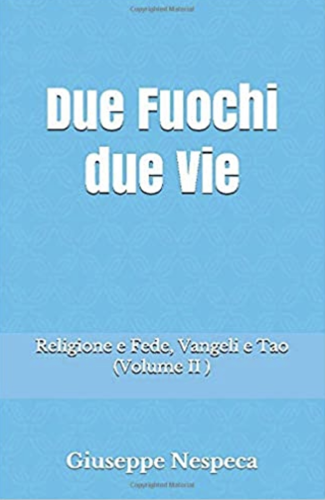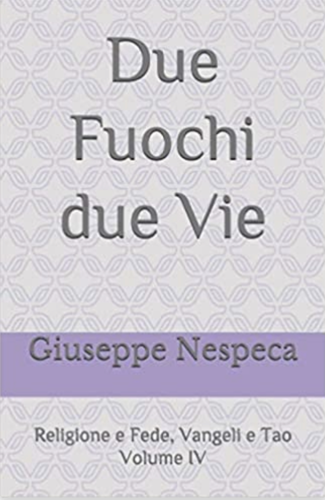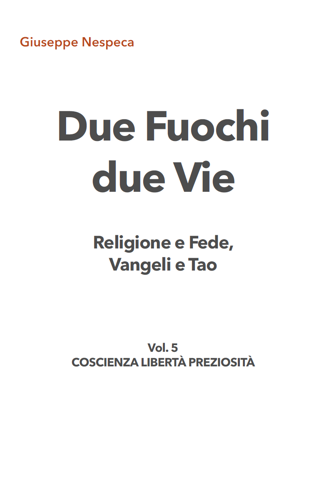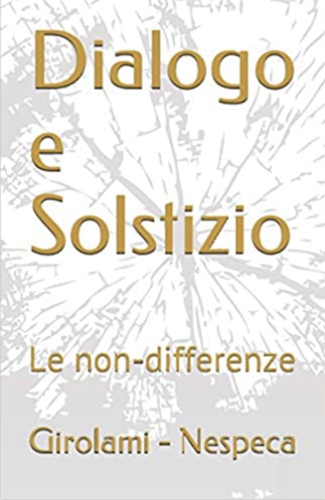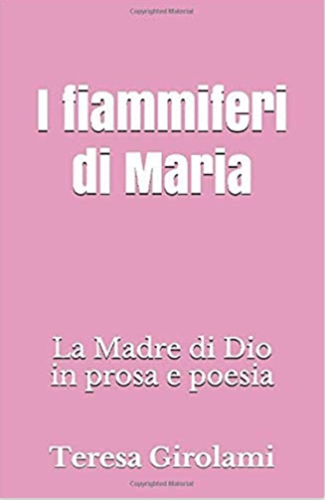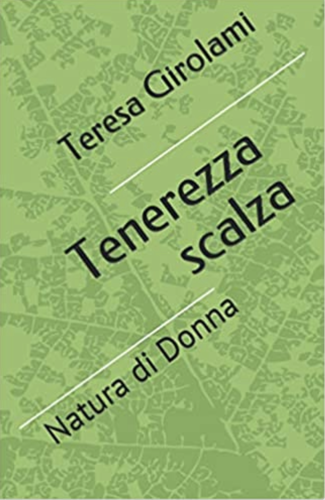In this passage from the Gospel of Luke, Jesus compares the generation of his time to those children who cry out to one another about their inability to accept the prophets and the Son of Man, criticising everything done or proposed.
John the Baptist was treated as a demon because he fasted, the Son of God, who eats and drinks, as a friend of publicans and sinners.
But he who has Wisdom from above knows how to recognise the nature of things.
Thus Francis of Assisi!
Following in Christ's footsteps, he made himself 'one' with sinners, considering himself the first - and entertained himself with them in love.
We read in the Sources:
"Let the brothers beware, wherever they may be, in hermitages or in other places, not to appropriate any place for themselves nor to contend with anyone.
And whoever comes to them, friend or foe, thief or robber, let him be received with kindness.
And wherever the brothers are and wherever they meet, they should meet again willingly and with joy of spirit and honour one another without murmuring" (FF 26).
Francis possessed true Wisdom that enabled him to be with all, sinners and not, to discern and recognise the work of the Lord at work in any context, because he penetrated the root of things, looking at them with the eye of God.
Thus Clare, sister among sisters, with great discernment recognised the passage of the Spirit and his holy operation, welcoming all and conforming herself to the divine plans.
«For John the Baptist has come, who neither eats bread nor drinks wine, and you say, “He has a devil”.
The Son of Man has come who eats and drinks, and you say, “Behold, a man who eats and drinks wine, a friend of publicans and sinners!”» (Lk 7:33-34)
Wednesday 24th wk. in O.T. (Lk 7,31-35)





